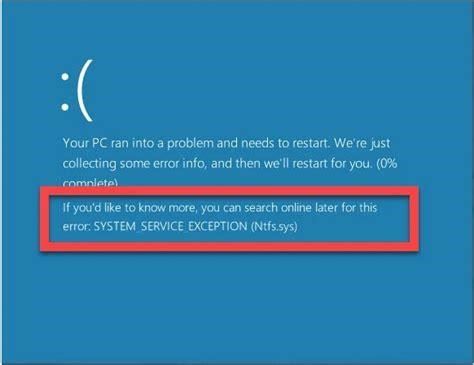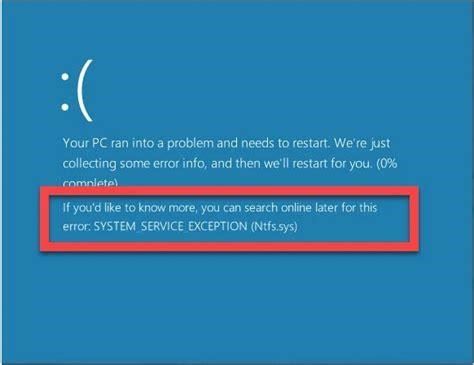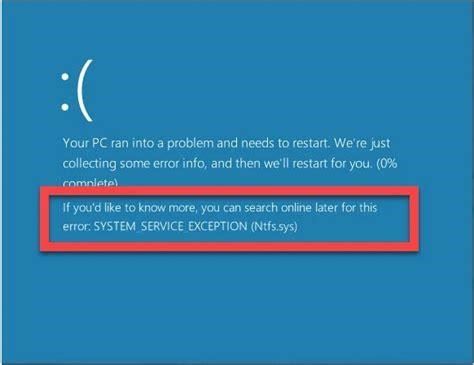Resolving the Infamous “Stop Code Kernel Security Check Failure” in Windows
As Windows enthusiasts, we’ve all encountered the dreaded "blue screen of death" at some point. Specifically, the error "Stop Code Kernel Security Check Failure" strikes fear in the hearts of even experienced Windows users. In this guide, we’ll explore the common causes behind this error and walk through the steps to resolve it for good.
What Triggers the “Kernel Security Check Failure” Error?
This frustrating error most often stems from:
- Outdated, corrupted, or incompatible drivers.
- Corrupted system files from malware or other system issues.
- Faulty hardware like damaged RAM or a failing hard drive.
- Overclocking components beyond stable levels.
- Problems with disk drives causing errors.
If any of these five culprits are present, you may encounter the message "Your PC ran into a problem and needs to restart. We’re just collecting some error info, and then we’ll restart for you." followed by the details showing the Kernel Security Check Failure.
Don’t panic yet though! While disturbing, this error can often be resolved with a few strategic troubleshooting steps.
7 Steps to Fix the Kernel Security Check Failure
Follow these methods in order until the issue is fully resolved:
1. Update Drivers
Outdated drivers account for a significant portion of Kernel Security Check Failure errors. Updating your drivers to the latest stable versions can often resolve the problem. Manually check for updates to chipset, GPU, and other key drivers. Alternatively, use an automated driver update utility to recognize and update all outdated, incompatible, or corrupted drivers efficiently.
2. Install Windows Updates
Another easy first step – make sure Windows is completely up to date. Microsoft regularly releases cumulative updates and bug fixes that address stability issues like the Kernel Security Check Failure error.
3. Run the Windows Memory Diagnostic
Issues with your system’s RAM can also trigger this error. Run the Windows Memory Diagnostic tool to scan for memory problems. From the start menu, search "Windows Memory Diagnostic", select the app, then restart your PC and let the tool run.
4. Execute SFC and DISM scans
Corrupted system files often cause this error. Run SFC and DISM scans to detect and restore corrupted OS files. Open an elevated Command Prompt and type "SFC /scannow" to run System File Checker. Follow with "DISM /Online /Cleanup-Image /RestoreHealth" to scan for component store corruption.
5. Utilize the CheckDisk Utility
CheckDisk analyzes your hard drive for errors and attempts to repair them. Open an elevated Command Prompt and enter "chkdsk C: /f /r /x" to run an exhaustive check on drive C:, replacing C: with the drive letter you want to scan.
6. Roll Back Recent Driver Updates
If the error appeared after updating a driver, rolling it back to the previous version can resolve the issue. Right-click the device, select Properties > Driver tab > Roll Back Driver.
7. Disable Overclocking
Overclocking increases performance but can lead to system instability if pushed too far. Press Delete during boot to enter BIOS and disable any overclocking to see if your system stabilizes.
Through methodical troubleshooting and process of elimination, you should be able to resolve that pesky "Stop Code Kernel Security Check Failure" error for smooth Windows sailing ahead. We wish you the very best in banishing this bug! Please share any other helpful tips in the comments.
Suggested Topics
Other common Windows errors and suggested solutions:
-
Troubleshooting the Blue Screen "Page Fault in Nonpaged Area" Message
-
Resolving the "Driver IRQL Not Less or Equal" Stop Code
-
Fixing the "System Thread Exception Not Handled" Error on Boot




